In a decision poised to reshape the landscape of collegiate athletics, a federal judge in California approved the House v. NCAA settlement on June 6, 2025, finalizing a multibillion-dollar agreement that introduces direct athlete payments, redefines scholarship structures, and addresses past inequities. This landmark class-action lawsuit, consolidating House v. NCAA, Carter v. NCAA, and Hubbard v. NCAA, marks a seismic shift from the NCAA’s long-standing amateurism model. For Men’s and Women’s Ice Hockey—sports cherished in pockets of the country but dwarfed by the revenue giants of football and basketball—the settlement brings both opportunity and uncertainty, particularly in the realms of scholarships and protections for current players.
A New Framework for College Sports
Effective July 1, 2025, the settlement permits Division I institutions to share up to $20.5 million annually with athletes, a figure derived from 22% of the average athletic revenue of Power 5 conference schools. This revenue-sharing cap, which will adjust upward yearly, allows schools to compensate athletes directly for the first time. Additionally, the agreement replaces traditional scholarship limits with roster caps, granting programs flexibility to distribute full or partial scholarships across their teams. Nearly $2.8 billion in back-pay damages will also be distributed to athletes who competed from 2016 onward, though ice hockey players are likely to receive modest sums compared with their counterparts in football and men’s basketball.
The transition to this new model requires schools to opt into revenue sharing by June 15, 2025, and designate athletes who can remain on rosters above the new caps—known as “grandfathered” players—by July 6, 2025. These provisions aim to ease the shift but have sparked debate, particularly in sports like ice hockey, where roster sizes and scholarship allocations are critical to maintaining competitive balance.
Scholarships: Flexibility with Risks
Historically, NCAA rules restricted Men’s and Women’s Ice Hockey programs to 18 scholarships each, often divided into partial awards to stretch limited resources. The House settlement dismantles these caps, allowing schools to offer scholarships to any number of players within the new roster limits, expected to range from 25 to 30 for ice hockey, pending final NCAA guidelines. This change offers a chance to deepen rosters and broaden access to the sport but introduces financial disparities that could reshape competition.
Wealthier programs, particularly those in Power 5 conferences, stand to benefit most. Schools like the University of Michigan or Boston University, with robust athletic budgets, could fund scholarships for an entire roster, giving them a recruiting edge over smaller programs in conferences like the ECAC or Atlantic Hockey. For instance, a program with ample resources might offer 30 partial scholarships, enhancing depth, while a less-funded school might struggle to support even 20. This financial divide threatens to widen gaps in conferences like Hockey East or the NCHC, where budget disparities already influence outcomes.
Women’s Ice Hockey, often operating with fewer resources, faces a dual-edged sword. The removal of scholarship limits could enable programs to attract more talent by offering partial awards to a larger pool of players, potentially narrowing the competitive gap with men’s teams. Yet, schools prioritizing revenue sports like football may allocate fewer resources to women’s programs, limiting their ability to capitalize on this flexibility.
Grandfathered Players and Roster Transitions
The shift to roster limits has been a flashpoint in the settlement’s rollout. Early proposals suggested caps as low as 20–25 players for ice hockey, far below the typical 25–30, raising fears that thousands of athletes could lose their spots. Following objections from players and a directive from Judge Claudia Wilken, the settlement now includes a grandfathering provision, allowing current athletes to remain on rosters above the new limits during a transitional period.
By July 6, 2025, schools must identify these grandfathered players, ensuring they retain their roster spots or scholarships temporarily without counting against the cap. For a Men’s Ice Hockey team with 28 players, for example, a school could designate several as grandfathered, preserving their eligibility for the 2025–26 season even if the roster limit is set at 25. Women’s teams, similarly, could protect players who might otherwise face cuts. This provision offers a lifeline to current athletes, many of whom feared being squeezed out by the settlement’s reforms.
Yet, the grandfathering process is not without flaws. The NCAA’s framework grants schools discretion over designations, meaning budget-conscious athletic departments might prioritize high-profile sports or incoming recruits over existing players. Some schools have already trimmed rosters in anticipation of smaller caps, and reintegrating cut players could strain resources for scholarships, room, and board. For ice hockey, where physical demands necessitate robust rosters, retaining grandfathered players is critical to maintaining competitiveness, particularly for women’s programs, which may receive less priority in revenue-sharing allocations.
The Road Ahead for Ice Hockey
The House settlement’s revenue-sharing model could intensify recruiting battles in ice hockey. Power 5 schools, flush with larger revenue pools, may lure top prospects with lucrative NIL deals and scholarships, challenging traditional powers like the University of North Dakota or Boston College. Restrictions on third-party NIL collectives, intended to curb pay-for-play schemes, may limit ice hockey players’ earning potential compared with athletes in revenue-driven sports.
Still, the settlement’s scholarship flexibility could democratize access to ice hockey, enabling more players to receive financial support. Smaller programs, however, risk falling behind if they cannot match the financial commitments of wealthier rivals. The grandfathering provision offers temporary relief, but its discretionary nature underscores the uncertainty facing current players, particularly in women’s programs, which may struggle for equitable treatment.
As college ice hockey navigates this new era, the House v. NCAA settlement promises to redefine the sport’s competitive and financial landscape. For players, coaches, and administrators, the challenge lies in balancing opportunity with equity in a system now driven by revenue and choice.
